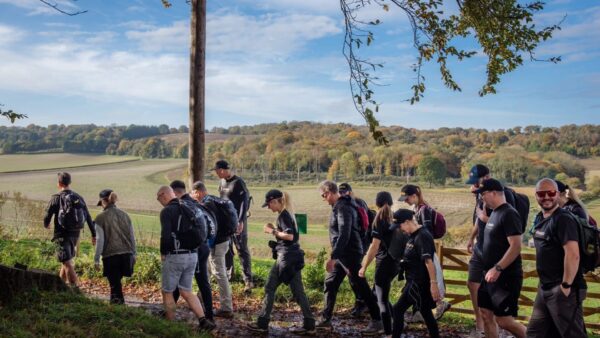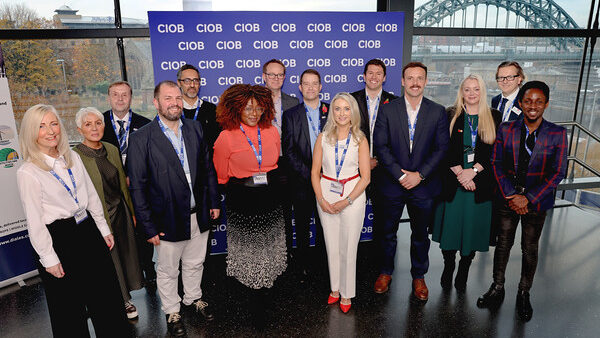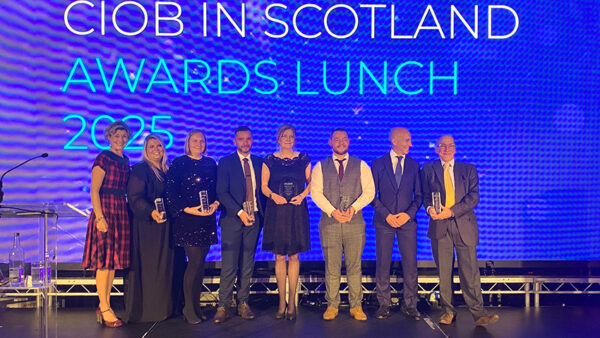How do you enhance the environmental credentials of a stately home that dates back more than three centuries? David Stockdale FCIOB, a ‘Friend of Chatsworth House’, contributed to its Whole Estate Plan feedback process.
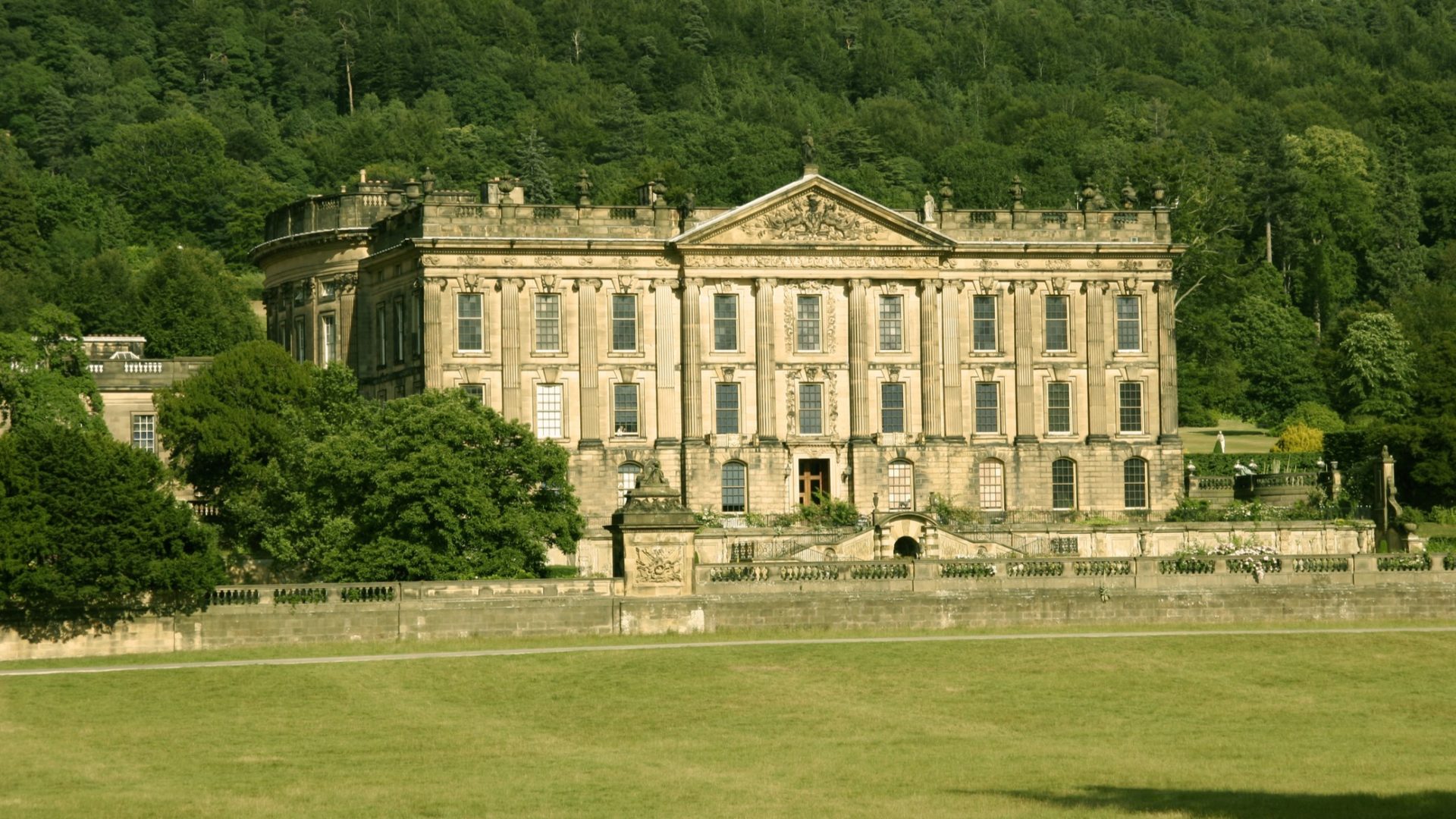
Chatsworth is one of Britain’s most famous stately homes. Construction started in 1687, completing in 1709 and the Grade I-listed property in the Derbyshire Dales attracts more than 600,000 visitors a year. It is home to the Devonshire family and has been passed down through 16 generations.
The vision of the Devonshire Group, which manages Chatsworth, is to benefit their heritage, people and shared future. Each generation of the Devonshire family is guardian of the fundamental values that enable their enterprises and charities to prosper.
These values encompass:
- Always improving. Whatever the group does, striving to improve how they do things.
- Decency. This being at the heart of the way everyone in the group behaves and acts – understanding the importance of doing the right thing.
- Being inclusive. Understanding that the best decisions are the ones that are inclusive, strengthening the relationships they have with colleagues and people outside of their enterprises.
In addition, the group is committed to enhancing environmental sustainability, striving continuously to reduce its impact on it.
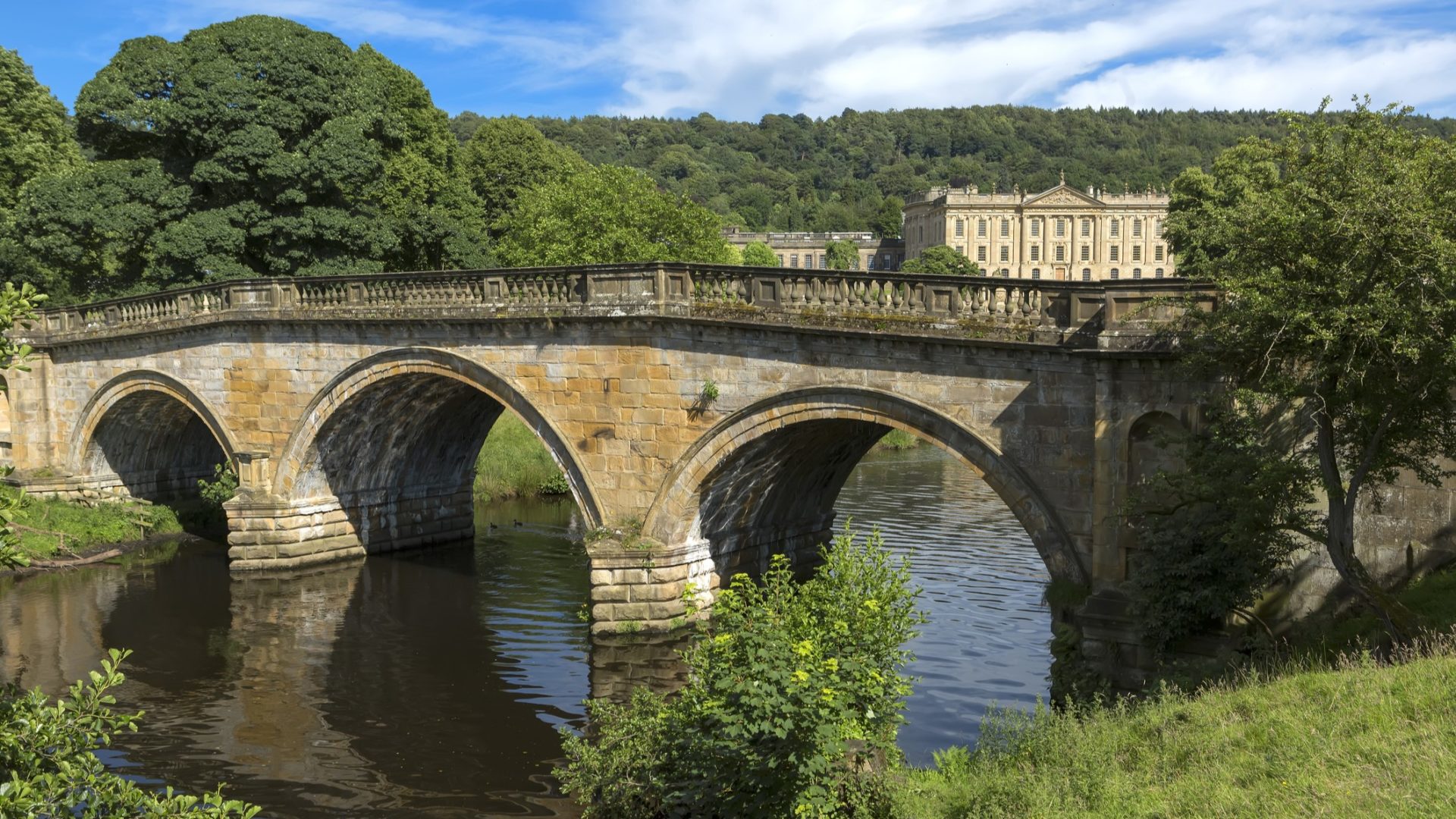
Planning a sustainable future
The Chatsworth Whole Estate Plan (WEP) hopes to gauge the impact of the estate on the surrounding climate, physical space, infrastructure, landscape and social environment.
The WEP addresses environmental sustainability by harnessing the skills of professionals and, importantly for the group, its stakeholders.
The two will work on environmental sustainability, the ability to maintain an ecological balance and conserve natural resources. The WEP aims to use best practice methods and techniques that are underpinned by technology and informed by local context.
As part of the development process, initial objectives are assessed and revised throughout the WEP. It is recognised that consideration of the social context is vital to building sustainable communities and ecosystems. Understanding local climate characteristics provides opportunities, risks and constraints that must be considered as part of the background context of the WEP.
The vision of the WEP is not derived from a single source but is developed in an iterative consultative process. As part of the strategy development process, a set of objectives is set out in response to the Chatsworth estate context and to the group vision statement. The WEP focuses on the minimisation of its impact on the physical environment and supporting local community activities including the local supplier ecosystem.
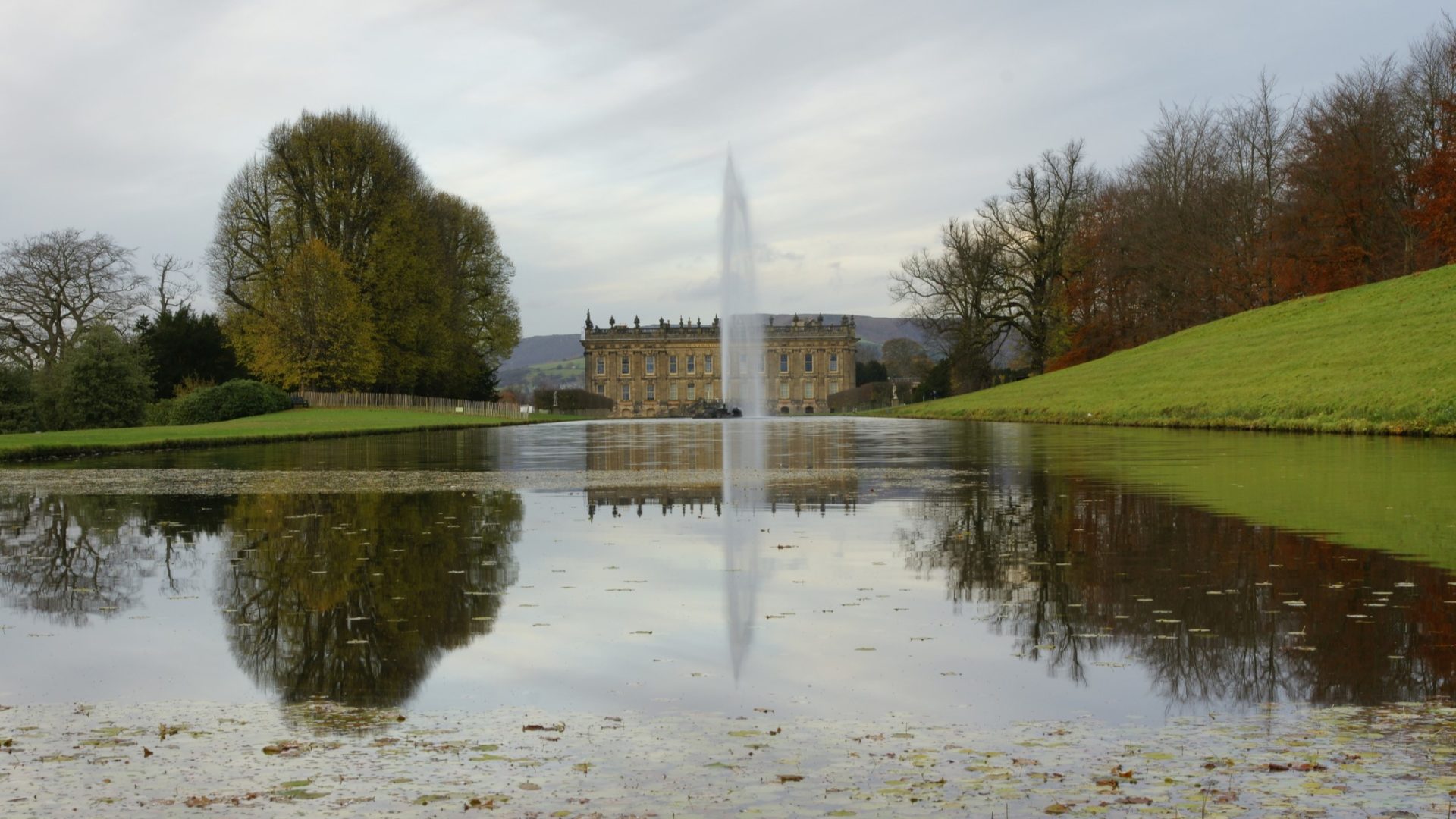
Examples of Chatsworth’s sustainability objectives
One WEP objective is better food, nature recovery and improved public access to the countryside. The planned outcome is resilient and relevant farm and forestry enterprises, a circular estate economy, nature recovery and improved health and wellbeing.
Another objective is the optimisation of ecosystem services from Chatsworth’s cultural and natural capital. This being a targeted management approach for garden, woodlands, moorland farm and park, with specific habitat creation and natural flood management projects and access to a nature social prescribing programme. The planned outcome is a blended ecosystem service outputs, healthier natural capital, enhanced biodiversity, healthier and happy people.
A further objective is to support sustainable communities. This means maintenance of estate assets to enable community vitality via the letting of houses, cottages and workspace. It includes maintaining access to the park, permissive paths and woods. The planned outcome is the enhanced vitality of local communities.
The WEP recognises the importance of shared learning. This encompasses research, knowledge acquisition, the capture and sharing via a dedicated learning centre and peer-to-peer networking and collaboration opportunities. The intended outcome is a land management, farming and forestry sector better equipped to meet the challenges of climate change and contribute to Government and Peak District National Park aims and objectives.
The WEP recognises the need to provide thriving and sustainable communities by providing local economic opportunities and security. This intended activity includes the promotion of a flourishing local economy that is in accord with nature recovery and climate change mitigation. This will require investment in and support for rural skills, thriving farm businesses, forestry enterprises and local supply chains. Over the last three years, 46% of total annual expenditure has been with local suppliers (defined as those based within 30 miles) and the aim is to increase this to 50%.
Ethos of the plan
The ethos of the WEP sustainability pathways include community and stakeholder engagement, food and agriculture, recreation and open space, land use and amenity, heritage and culture, wildlife and biodiversity, health and quality of life, local economy and employment, transport and accessibility, energy supply and demand, water resources, waste management and architectural character.
A spokesperson for Chatsworth says: “We take great care to balance the needs of conservation, access, enjoyment, education, community, and economy at Chatsworth. Our plan sets out a portfolio of initiatives that we believe will realise our vision for the estate, while contributing meaningfully to the long-term goals and objectives of stakeholders, partners and community members who share our desire to make a lasting, positive contribution on a local, national, and global level.”
A key element of the WEP development process is the recognition of inclusiveness. For example, how the group brings its stakeholders into the feedback process that allows the review of the WEP, the assessment of feedback from stakeholders and refinement of the to its conclusion. By doing this, the group facilitates the management of a sustainable future for everyone.
David Stockdale FCIOB contributed to the WEP feedback process as a ‘Friend of Chatsworth’.




